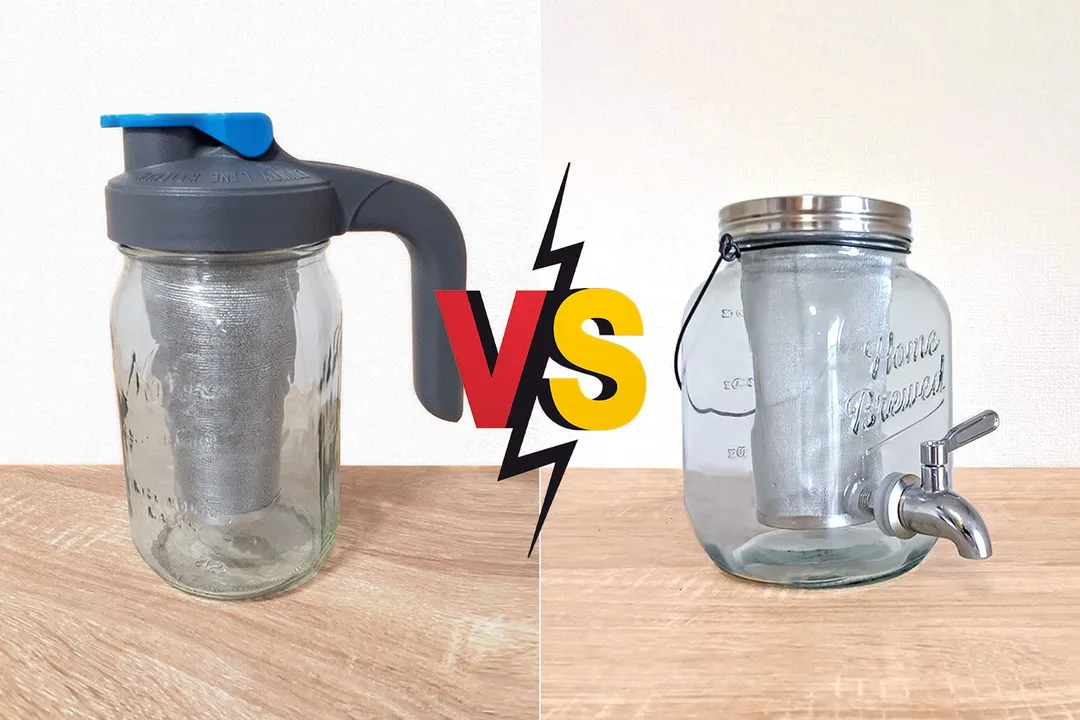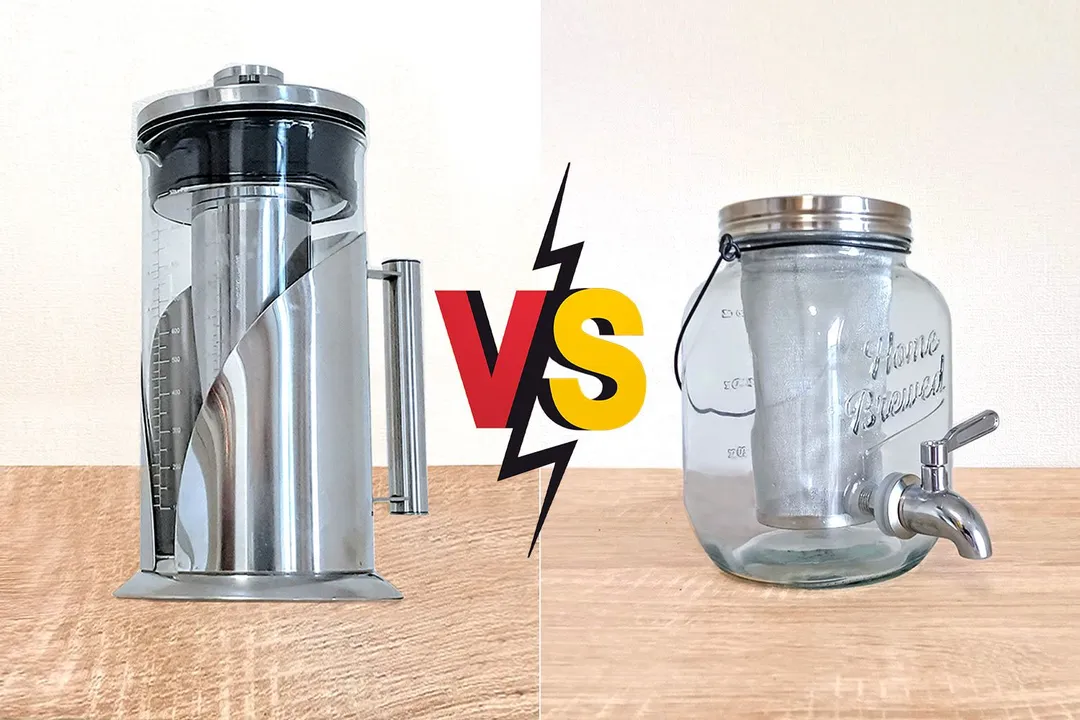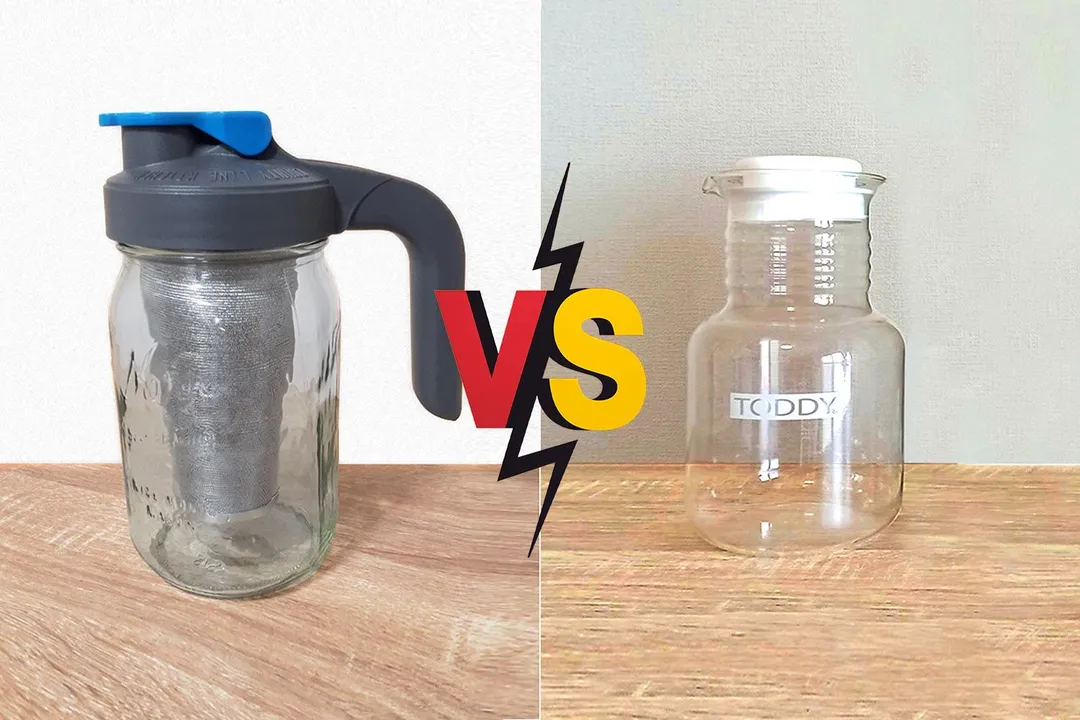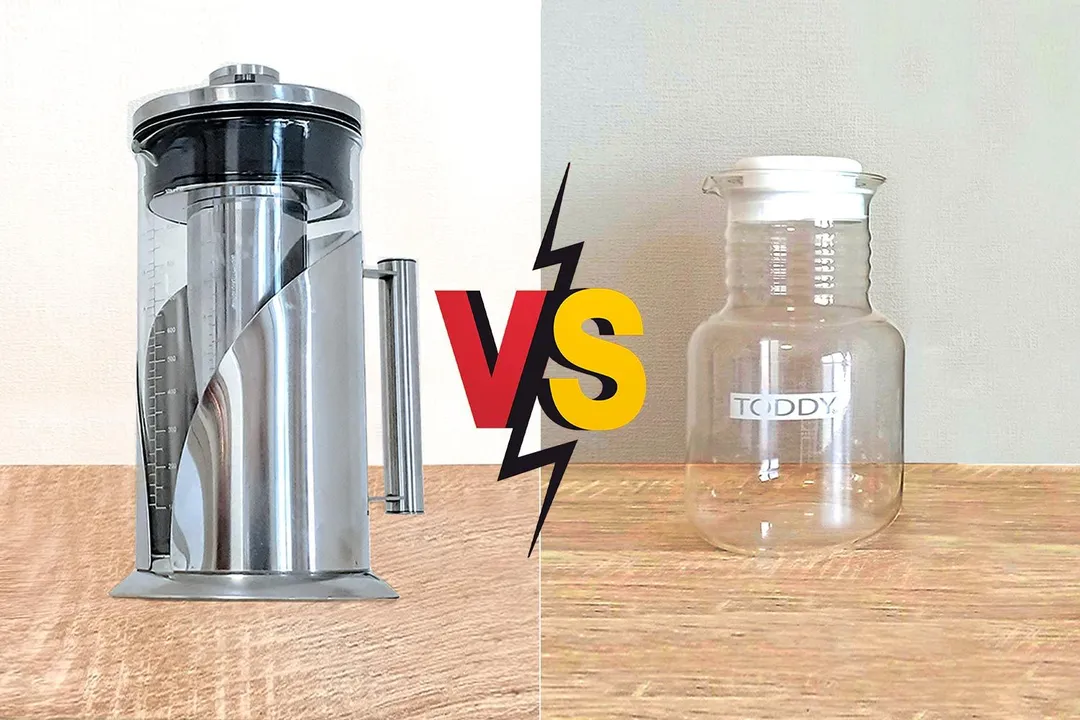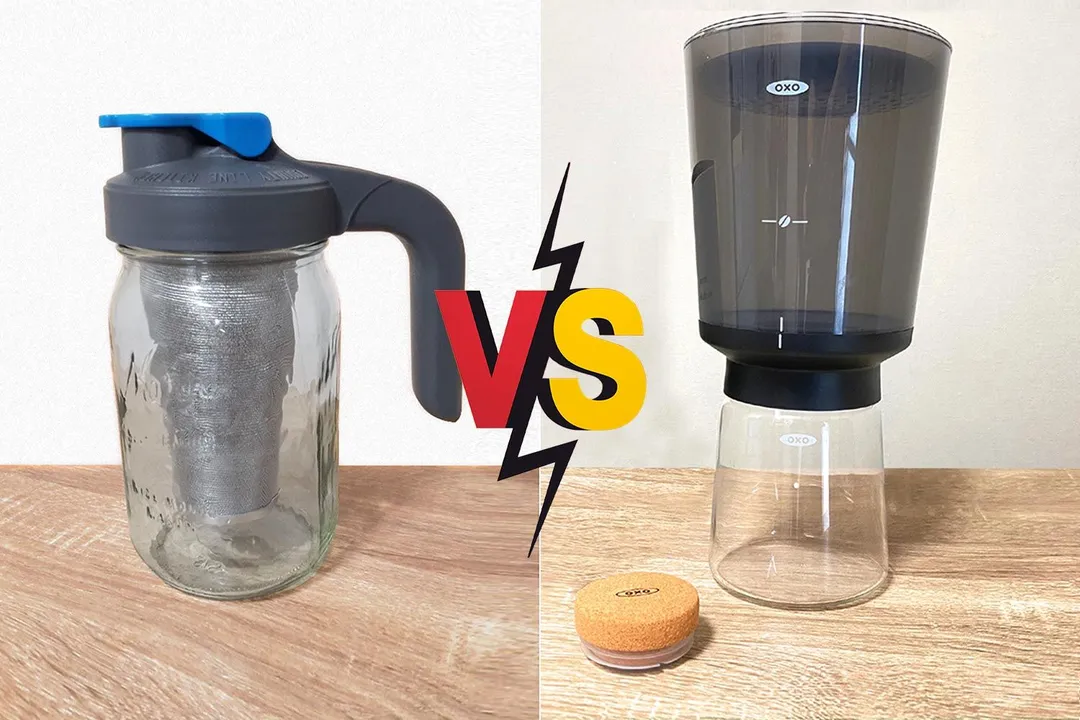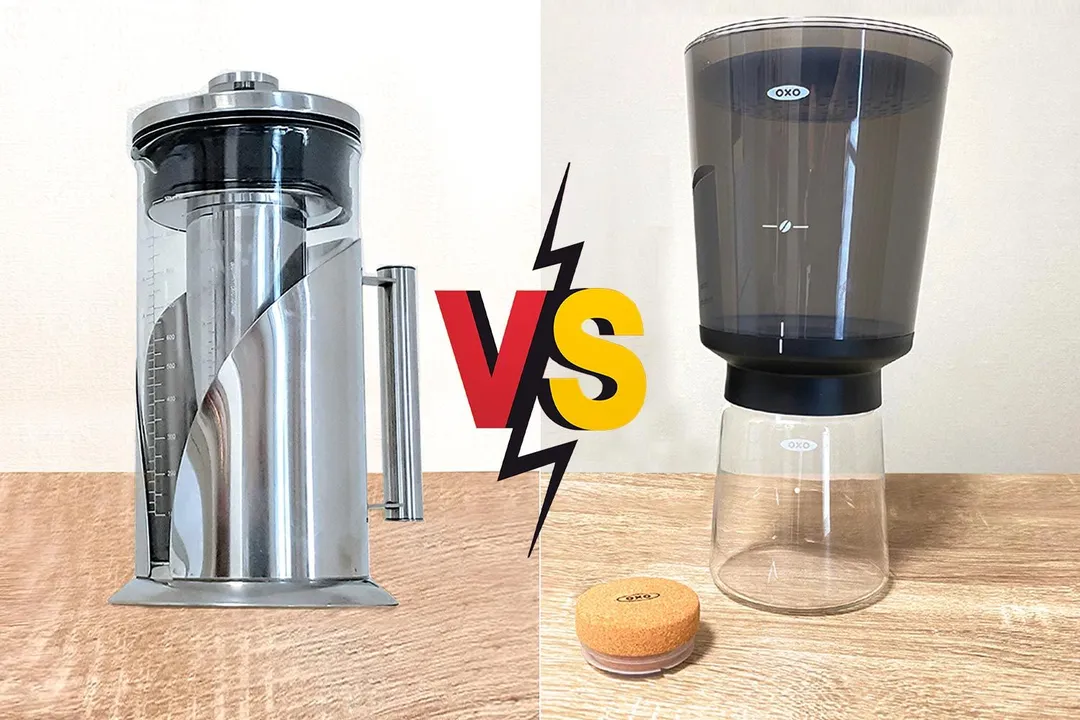Our recommendations are made independently through Research & Testing. We may receive commissions from purchases made via our links.
Cafe Du Chateau vs County Line Kitchen Side-by-Side Comparison
Cafe Du Chateau cold brew coffee maker vs County Line Kitchen. A brewer with pretentious claims vs one that just brews good coffee.
Cafe Du Chateau
Tested Using Methodology v1.0County Line Kitchen
Tested Using Methodology v1.0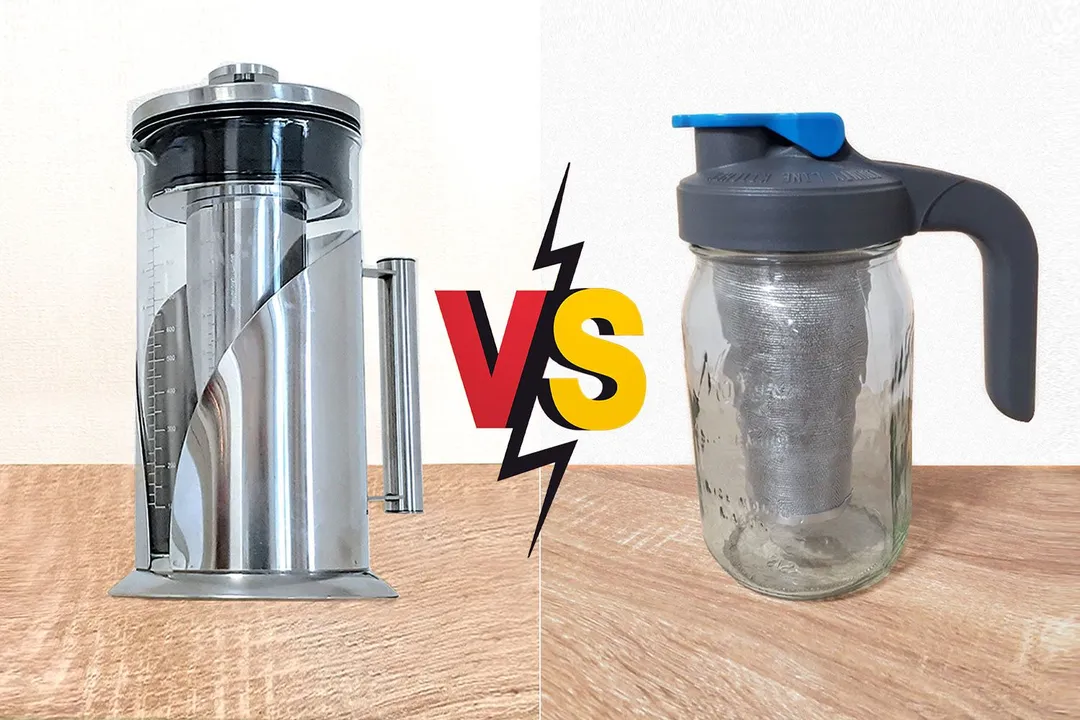
Overall Verdict
Both the Cafe Du Chateau and County Line Kitchen are cold brew coffee makers made from glass with stainless steel filters. That aside, they are very different in design quality and practical usage.
The Cafe Du Chateau is an attempt to emulate a French press design. It fails in that the device is too heavy, badly weighted for easy pouring, and the stopper is either too loose or too tight. The brew quality, at least, is average.
The County Line Kitchen, on the other hand, is a fairly lightweight and eminently practical mason jar design. The stainless steel mesh-like filter has a brew ratio of 1:9 and produces a comparatively good brew. The brewer comes with a BPA-free plastic screw-on lid, with or without a handle. To pour, you simply flip up the cap, and most conveniently, the water-tight brewer can also store on their side after decanting.
Pros & Cons
- No plastics used
- Airtight brewing
- Well-machined filter
- Versatile product
- Minimal packaging
- Packed and shipped in the US
- Robust and durable
- Airtight silicone gasket
- Weighty and unbalanced
- Lid stopper tough to remove
- Loose decanter lid
- Cumbersome silicone seals
- Brew strength average
- Filter not so effective
Key Specs
Where to Buy
*You help support HealthyKitchen101's product testing and reviews by purchasing from our retail partners.
Analysis and Test Results
Brew Quality
Bouquet
Drinkability
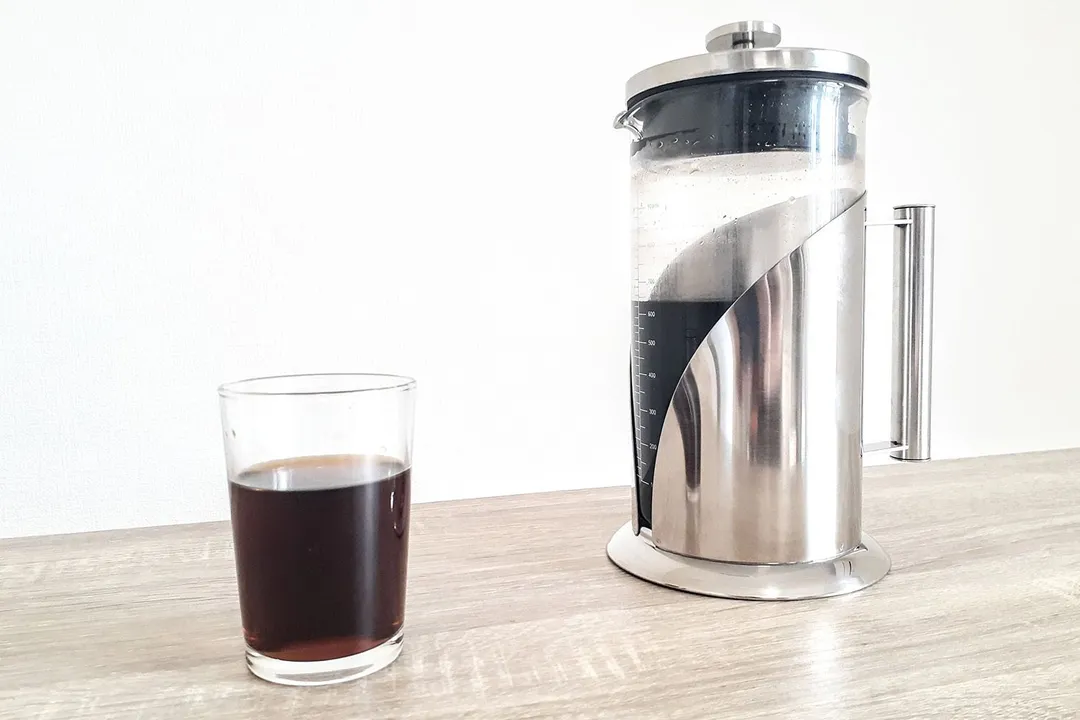
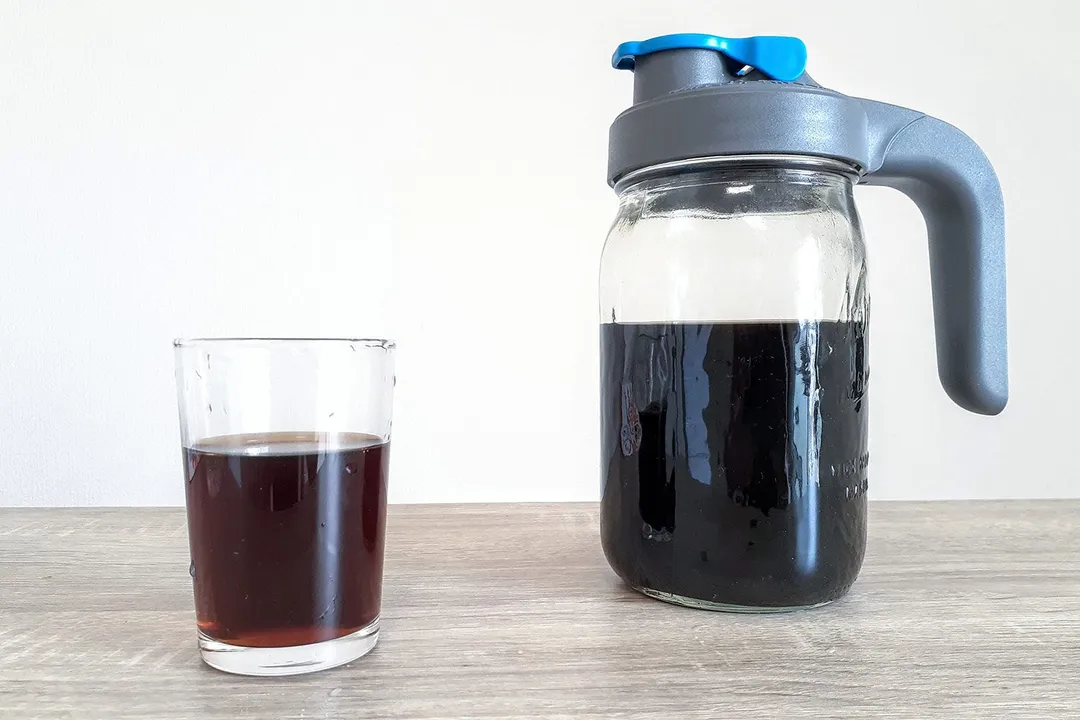
Sediment
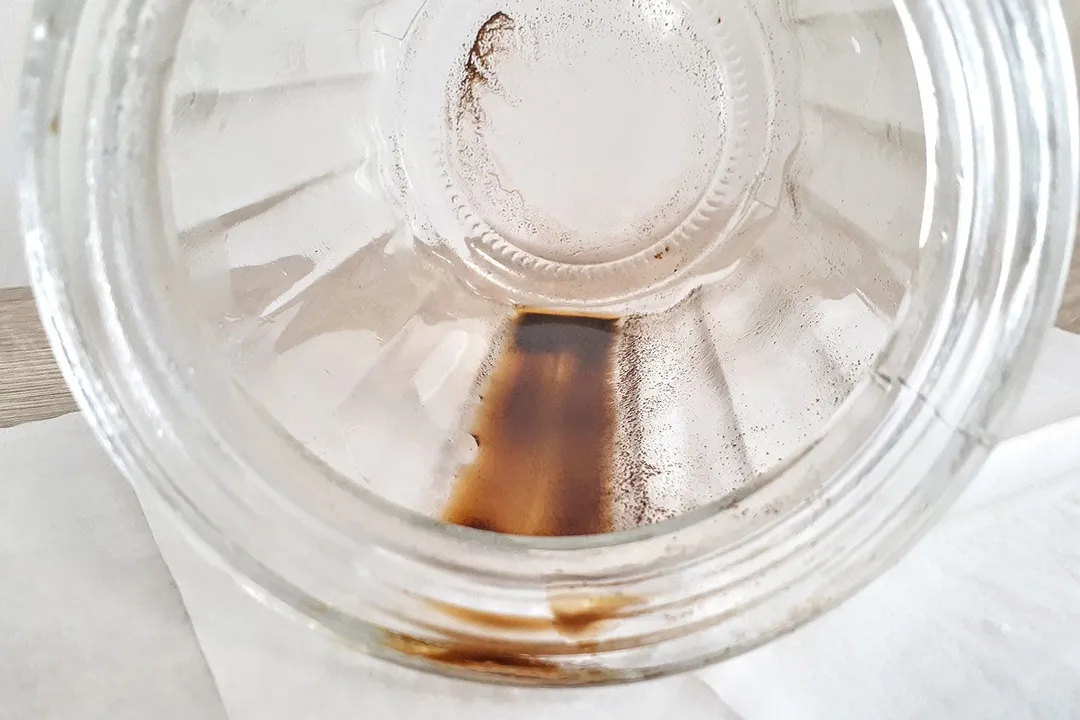
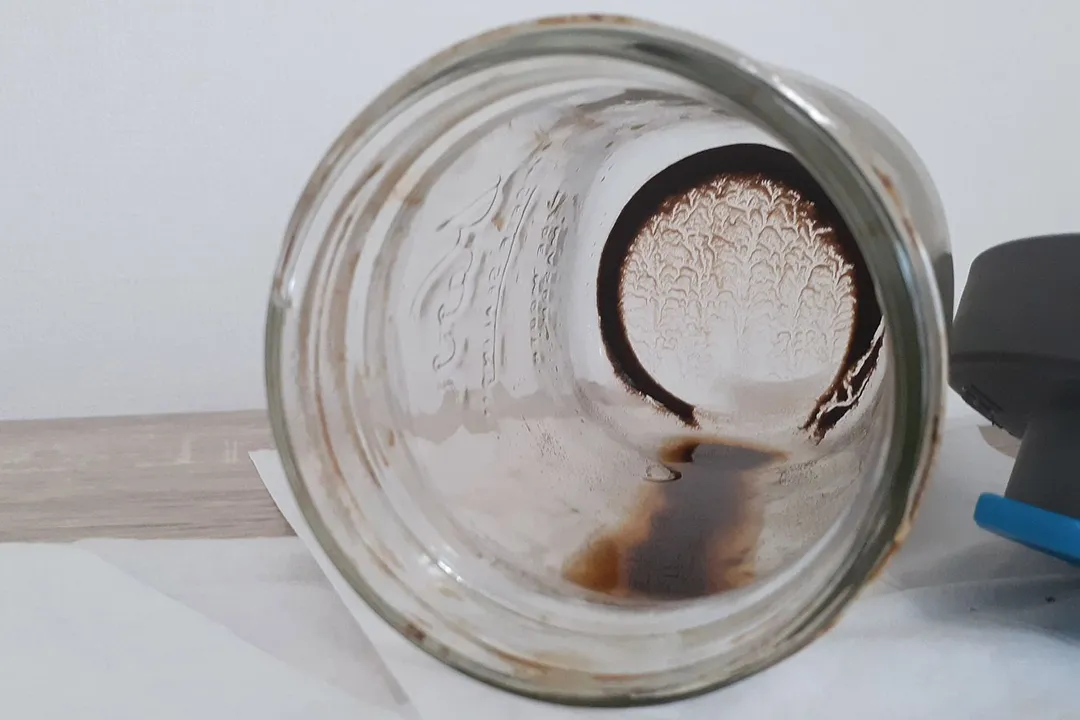
Design
In the Box
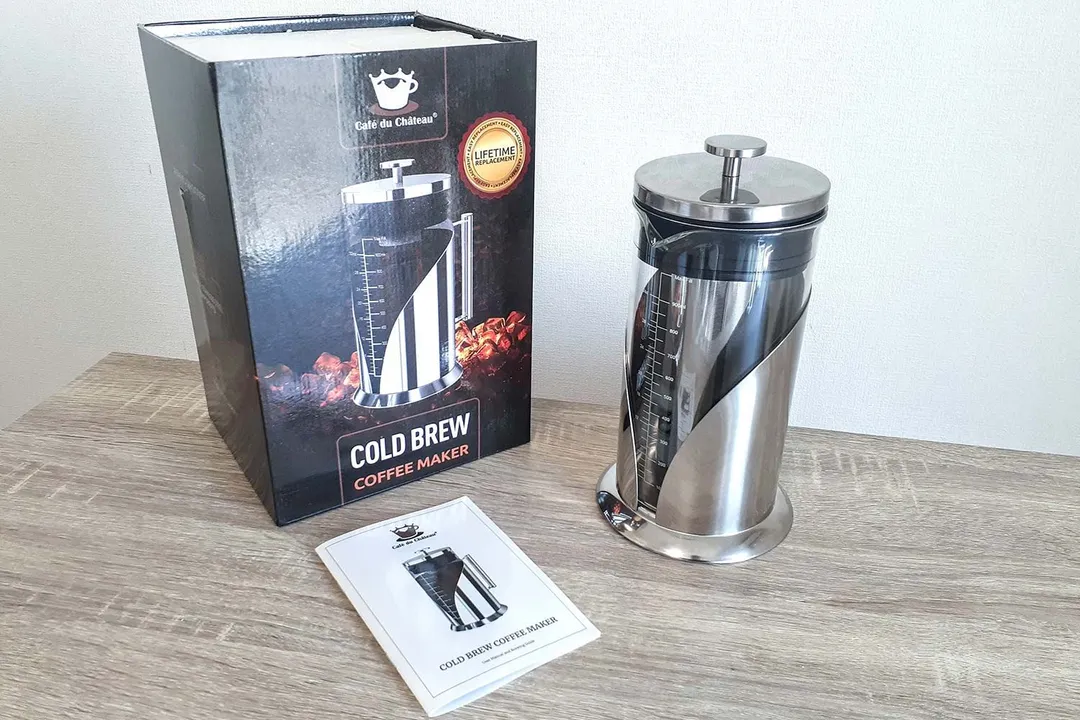

Decanter
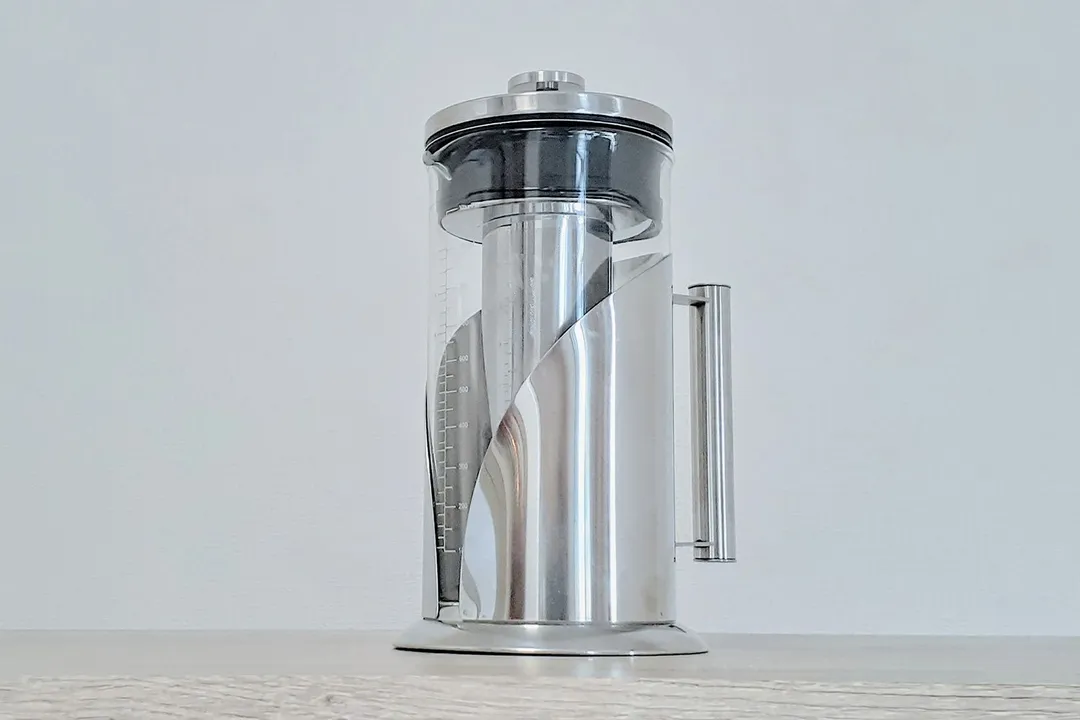

Stopper / Lid

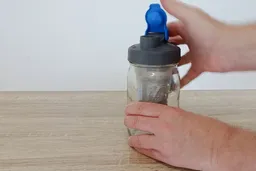
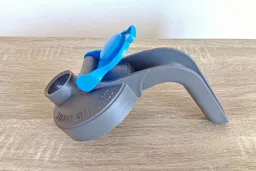

Filter

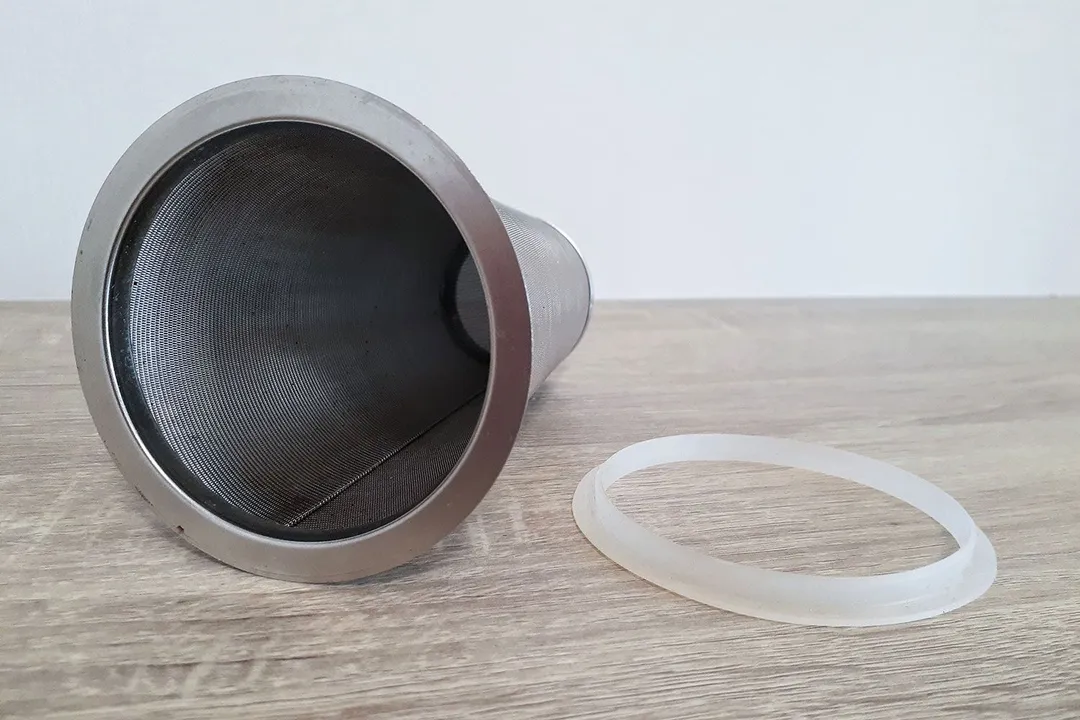
Build Quality
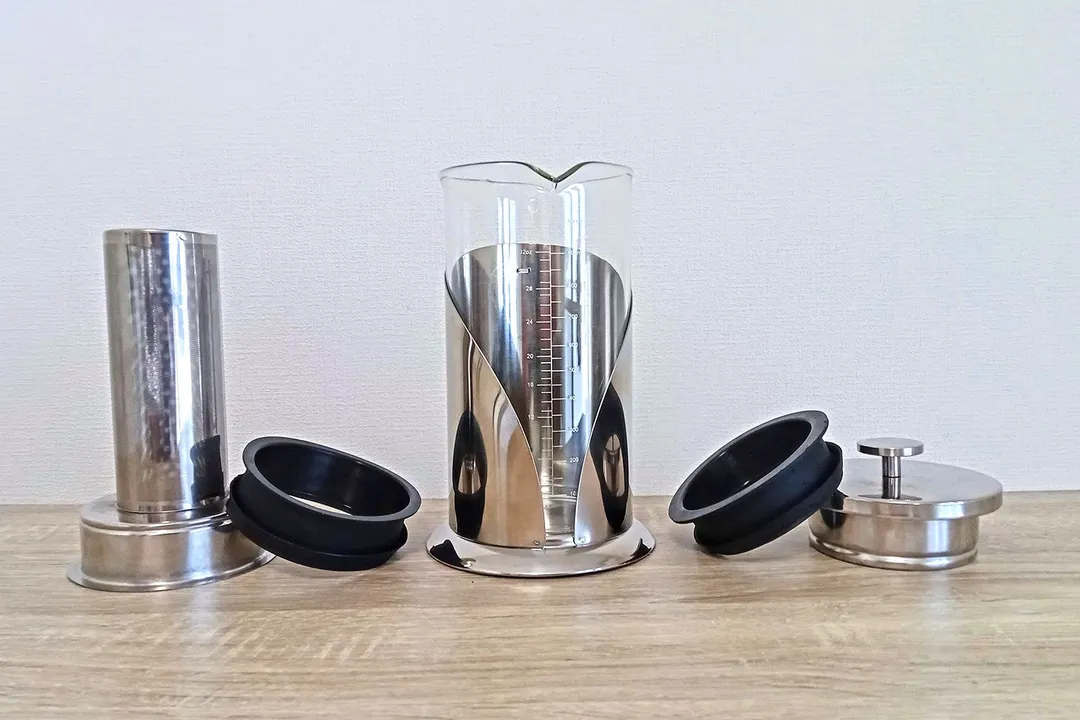
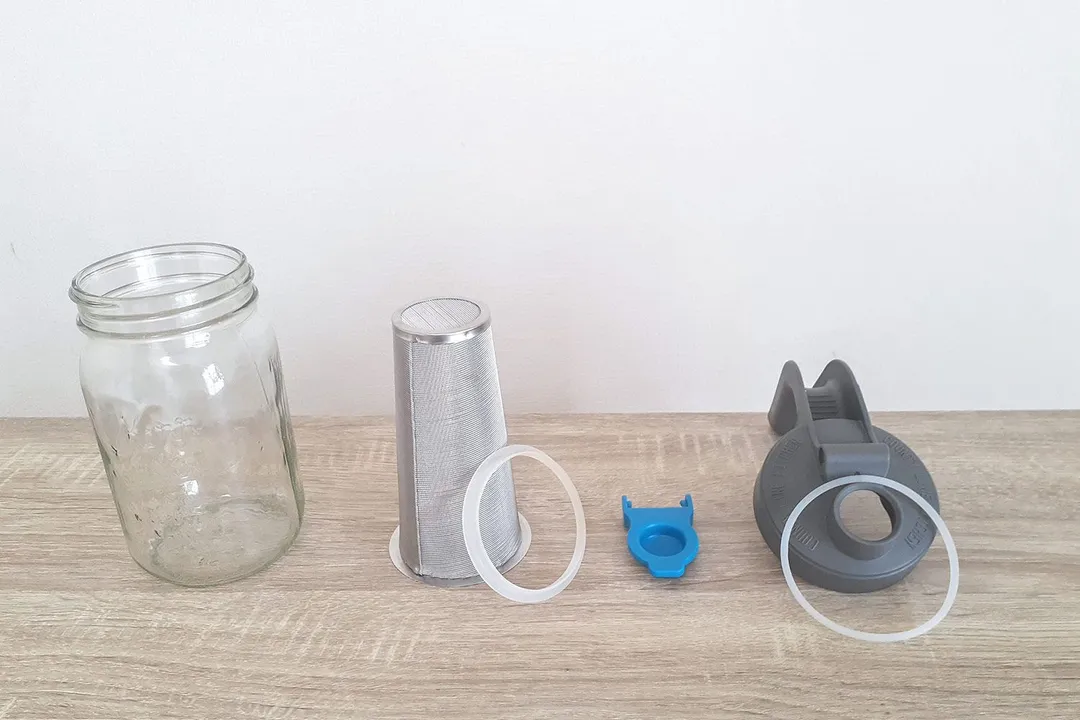
Usability
Brewing



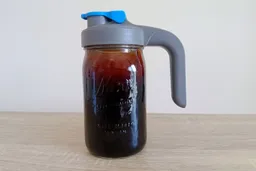
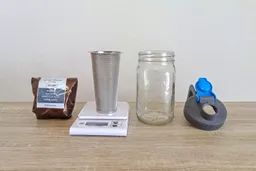
Decanting
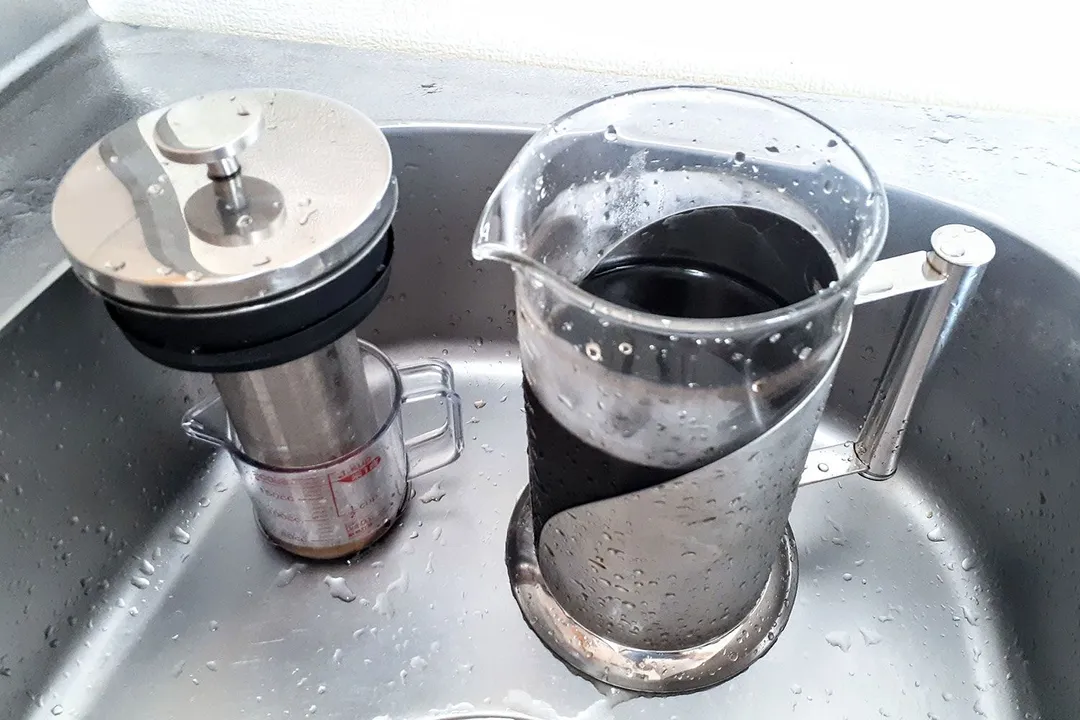
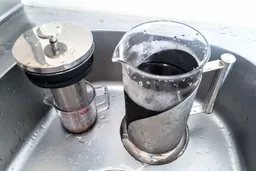
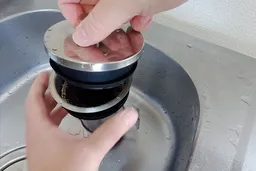
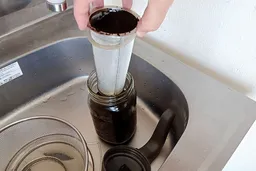
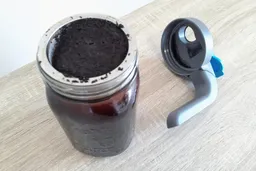
Cleaning and Storage
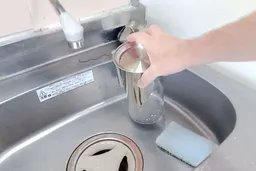

Behind the Comparison
Roger Shitaki is a writer, author, and editor. His niches are household appliances, health & wellness, and travel. He’s a freelance contributor to a Tokyo lifestyle website and a leading ophthalmology magazine in Asia.

